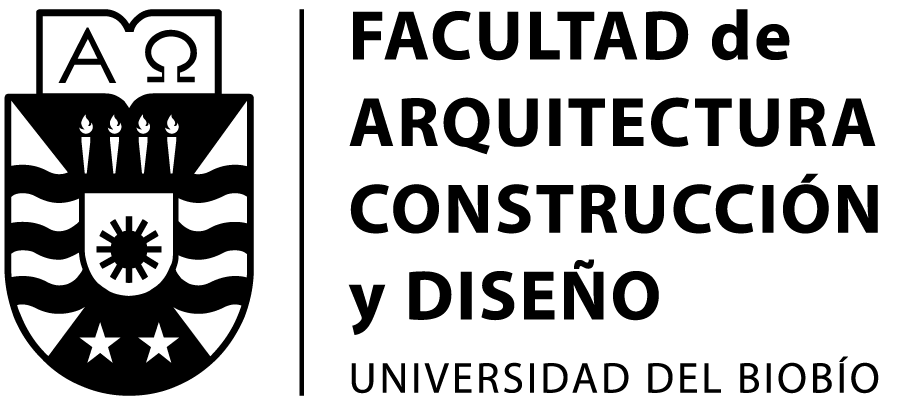A study of the urban centrality phenomenon using a systemic methodology applied to the spatial dynamic of a metropolitan area: The case of Mendoza, Argentina
Keywords:
urban mobility, centrality, expansive growth, urban resilienceAbstract
Currently, the actions taken by management agencies regarding road planning are insufficient to solve problems such as congestion and energy consumption, which result from the phenomenon of mobility in urban nuclei. Expansive growth and functional centrality generate a marked imbalance between different parts of metropolitan areas.
City centers are able to respond to the constant demand for entry due to their resilience, but become overloaded upon meeting user needs. Main roads make it possible to circulate in cities and in turn give evidence of environmental impact factors.
This paper presents a simple, systemic, methodological tool that uses linkages between means of mobility indicators analyzed in three time periods, to view trends and estimates of future conditions relating to urban mobility. This contributes to the development of optimal interventions for urban road planning. The methodology was validated in the Mendoza Metropolitan Area (AMM), Argentina, on different spatial and temporal scales, using official data, which include the three timeframes with the greatest movement.
Downloads
References
BATTY, Michael. Cities as complex systems: scaling, interactions, networks,
dynamics and urban morphologies. Londres: Centre for advanced Spatial
Analysis. University College London. [En línea]. 2008. [Consultado en Julio
, Disponible en http://discovery.ucl.ac.uk/15183/1/15183.pdf
Plan de Ejecución Metropolitano Gran Mendoza. Programa de desarrollo de
áreas metropolitanas del interior (DAMI). Mendoza: BID AR-L1101. Mendoza: Unidad de Finaciamiento Internacional, Ministerio de Hacienda, Gobierno de Mendoza. [En línea]. 2013. [Consultado en Julio 2016], Disponible en http://www.dami.uec.gov.ar/wp-content/uploads/2014/07/dami.uec.gov. ar_plandeejecucionmetropolitanamendoza.pdf.
FURLANI, María Virginia. Los actores y sus roles en la definición de políticas
públicas de desarrollo en Mendoza. Foro Regional RedMuni Cuyo 2010. [En
línea]. 2010. [Consultado en Julio 2016], Disponible en http://www.vinculacion. uncu.edu.ar/upload/Furlani_RedMuniCuyo2010.pdf.
GALLOPÍN, Gilberto C. Sostenibilidad y desarrollo sostenible: un enfoque
sistémico. Santiago de Chile: CEPAL, 2003.
GEHL, Jan. Ciudades para la gente. Buenos Aires: Infinito, 2014.
PIOVANO, Jimena Gómez; MESA, Alejandro. Metodología para la Estimación de Consumo Energético Implícito en el Crecimiento Urbano de Ciudades Difusas. Hábitat Sustentable, 2014, vol. 4, nº 1, pp. 25-35. [En línea]. 2014. [Consultado en Julio 2016], Disponible en http://www.vinculacion.uncu.edu.ar/upload/Furlani_RedMuniCuyo2010.pdf.
KOOLHAAS, Rem. La ciudad genérica. Barcelona: Gustavo Gili, 2011.
KRAFTA, Rómulo. Fundamentos del análisis de centralidad espacial urbana.
Organización Latinoamericana y del Caribe de Centros Históricos –
MORENO, Jorge. y CRUZ, Pablo. Proyecto “estudio integral del sistema de
transporte urbano de pasajeros del gran Mendoza”. Mendoza: Centro de
Tránsito y Transporte, Facultad de Ingeniería, Universidad Nacional de Cuyo.
OLACCHI. [En línea]. 2008. [Consultado en Julio 2016], Disponible en http://repositoriodigital.academica.mx/jspui/handle/987654321/461565
OSTUNI, J. La dinámica espacial del desarrollo del Gran Mendoza,
particularmente de su núcleo. Mendoza: Facultad de Filosofía y Letras,
UNCuyo, 2011.
PULIAFITO, Salvador Enrique, et al. High resolution inventory of GHG emissions of the road transport sector in Argentina. Atmospheric Environment, 2015, vol. 101, p. 303-311.
Encuesta Origen-Destino 2010. Movilidad en el Área Metropolitana de
Mendoza. Buenos Aires: Proyecto de Transporte Urbano de Buenos Aires. 2012
Downloads
Published
How to Cite
Issue
Section
License
The content of articles which are published in each edition of Habitat Sustentable, is the exclusive responsibility of the author(s) and does not necessarily represent the thinking or compromise the opinion of University of the Bio-Bio.
The author(s) conserve their copyright and guarantee to the journal, the right of first publication of their work. This will simultaneously be subject to the Creative Commons Recognition License CC BY-SA, which allows others to share-copy, transform or create new materials from this work for non-commercial purposes, as long as they recognize authorship and the first publication in this journal, and its new creations are under a license with the same terms.![]()























